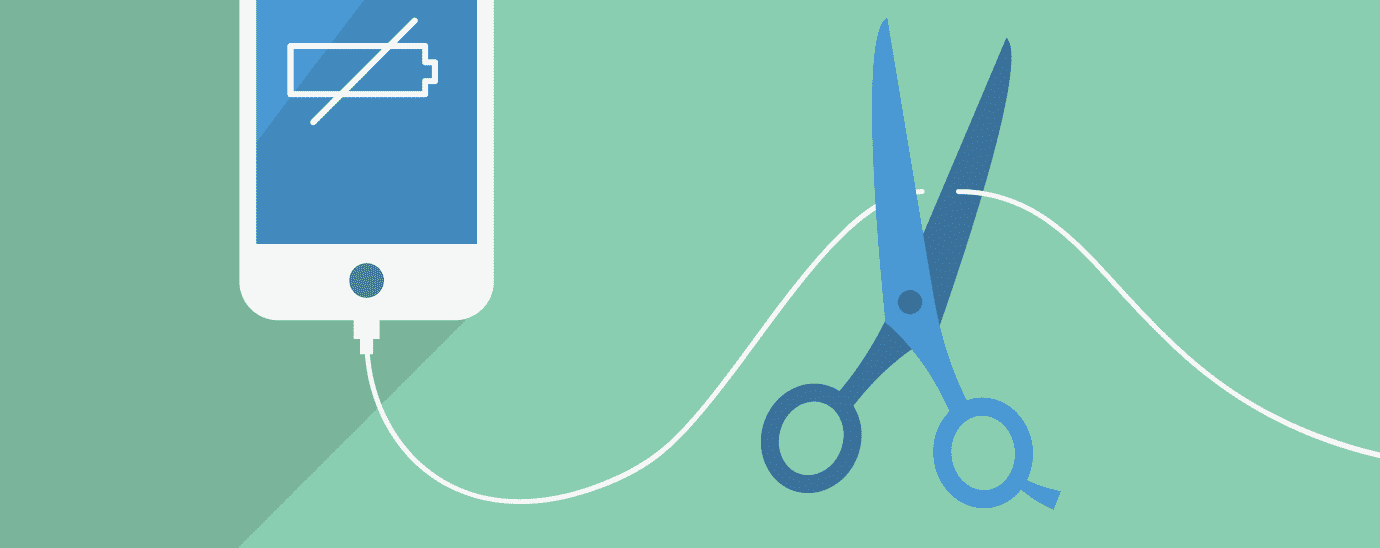Wireless charging – will this new technology cut the cord for good?

Wireless charging promised freedom from cables but has so far failed to impress. Now one manufacturer is using infrared (IR) to free us from the tangle.
Wireless charging technology has had a faltering start. Manufacturers have found it difficult to maintain a steady stream of developments, owing to competing standards, compatibility issues and widely differing design requirements.
As such, the industry has found itself in a quandary: should they wait for the devices requiring wireless charging to be built, or build the wireless charging first and allow the devices to follow suit?
In some cases, we’ve managed to lose the cable plugged directly into our devices, but they still need to be coupled with a charging pad wired to a power supply in order to work.
Some companies are now developing wireless charging with range. Some are even designing entire rooms with that in mind. Are we about to see true wireless charging?

Wireless charging standards
Currently, there are two prominent standards in wireless charging; AirFuel Alliance and Qi. Both have made strides in developing their charging platforms and technology, but none have come close to Wi-Charge, who are using IR to increase range.
They both use inductive technology, requiring a device to be within 4cm of a wireless charging station. The device must also be positioned correctly over the station for optimal charging.
While they do offer greater charging power, over 15W as opposed to Wi-Charge’s 3W, the range has been a stumbling block. Many could favour the convenience of range using IR, over the speed and power of coupled charging.

What happened to Apple’s AirPower?
The technology has given some of the biggest names in tech a headache. Not least Apple, who recently decided to abandon their own plans for AirPower. They struggled to see how they would go about integrating wireless charging into their products at a time when slimmer devices are more desirable and need for a larger battery means that internal space is at a premium.
After being announced in September 2017, Apple AirPower was slated to roll out the following year. The technology was met with immediate praise. It was tantalisingly close, and many looked to AirPower as the solution to their multi-device charging needs.
However, over the course of the year mention of the technology dwindled. Apple eventually removed it from their site. Cancelled due to “technical hurdles” and supply-chain issues, AirPower is, for now, on the back-burner, allowing companies like Wi-Charge to step in.
Is IR the future of wireless charging?
Multi-device wireless charging has been the sticking point. This may drive manufacturers to abandon it, favouring single-device wireless charging which uses traditional inductive methods. This seems to be keeping the technology in a rut.
Some will long for the day that they can place their devices on their side-table at night, and wake up to fully restored batteries. Wi-charge is working on just that.

From an unassuming light fixture, IR beams out in search of devices to charge. It can charge up to three devices at once and, as it is light-based, it doesn’t interfere with long-range communications like WiFi, cellular or Bluetooth.
However, Wi-Charge’s answer to wireless charging doesn’t come without its own problems.
IR operates using line-of-sight, so any disturbance between the source and the device will halt charging. Wi-Charge’s technology also needs a dongle to be plugged into devices. This dongle then transmits the charge to the device. Some may see it as a small price to pay for ranged wireless charging.
For now, the technology is developed for convenience over necessity, but it does factor into the future of technological advancements. In the short-term, the consumer market will be pivotal in advancing wireless charging technology, acting as a springboard for wider use.
Wi-Charge looks to take the lead in developing wireless charging by making progress in the technology, hoping that the next generation of smart devices will come with built-in receivers for IR charging.
Wireless charging is essential to the progress of IoT. Without it, smart homes and connected devices will be fixed in place, limiting their potential.
It seems unsustainable to rely on traditional batteries in future devices. If the devices communicate wirelessly, then it seems logical to conclude that they must also be charged wirelessly. Is IR the solution?
